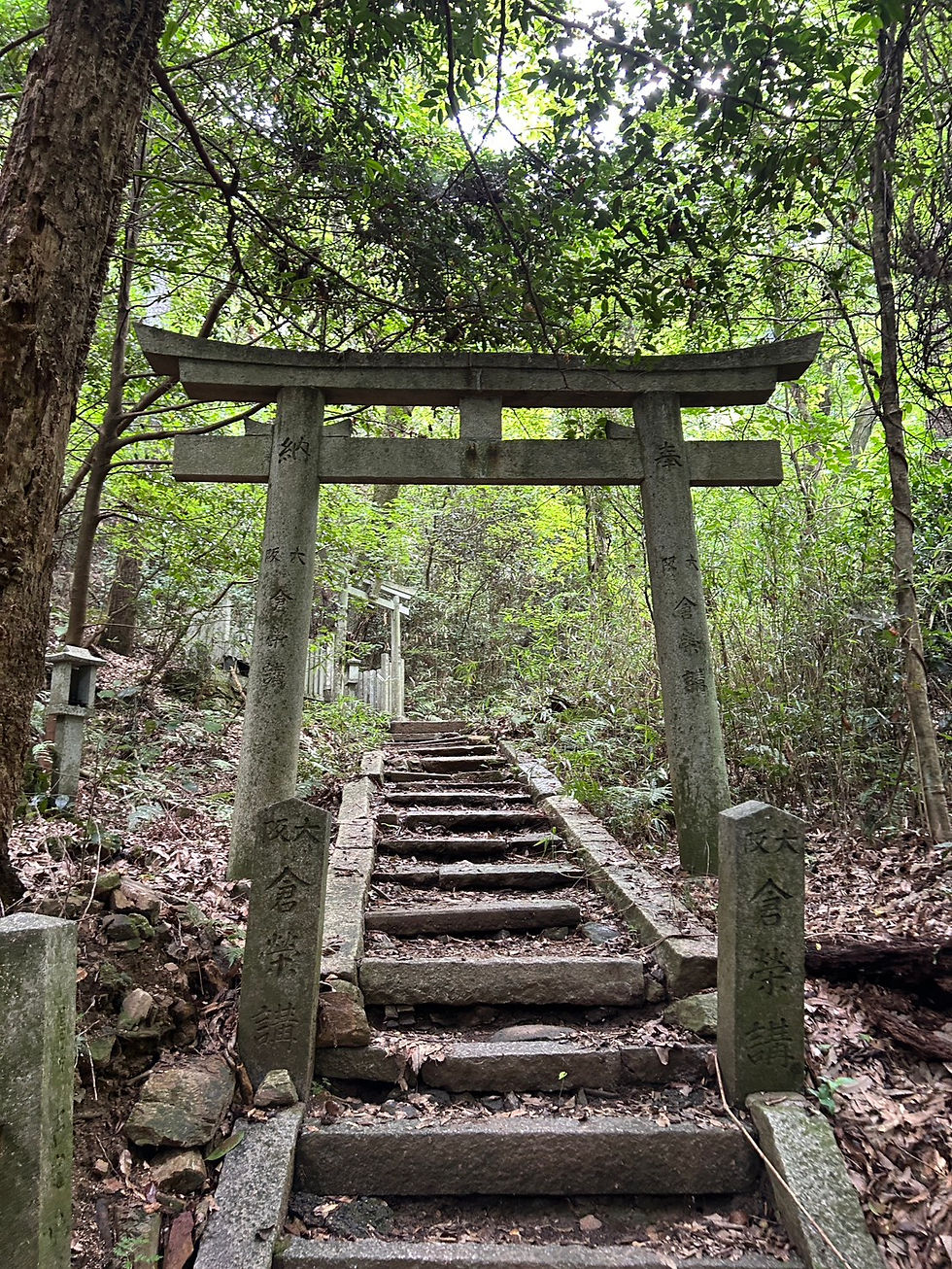Manpuku-ji, The Dragon of Obaku.
- Phillip Jackson

- May 26, 2024
- 2 min read
Manpukuji is the head temple of the Obaku sect of Buddhism, and was founded in 1661. It was founded by the Ming Chinese priest Yinyuan Longqui (also known as Zen Master Ingen) after he was afforded the support of Tokugawa Ietsuna (the 4th Tokugawa Shogun). Up until 1786 Chinese monks served as abbots at the temple, where-after Japanese took the lineage. The temple's architecture is Chinese in design, many of the buildings inside are designated as Important Cultural Properties, and the buildings and gardens are said to have been laid out in the shape of a dragon.

Born in China in 1592, Master Ingen came to Japan at the age of 63, to Nagasaki initially. Ingen was soon after offered a piece of land in Uji (Obaku) and instead of returning to China he founded Manpukuji Temple, and making Japan his permanent home. As well as Buddhist culture Igen also introduced or influenced many aspects of art, medicine, music, architecture, and literature. One of the areas of dedication that draws visitors to Manpukuji is health, long-life, and general well being.

One of the features, well-known with the monks and followers of Obaku Buddhism at Manpuku-ji is that of vegetarianism (Fucha-ryori). Manpuku-ji holds many festival and markets in it's precincts during the year and is a popular place to visit for locals. As it covers a very large area it also never tends to get crowded making it a perfect location for a relaxing walk which can take at least half a day to go around to take in every nook, cranny, and sub temple.

Manpukuji is just a short walk from both Keihan Obaku and JR Obaku stations. It is also close to another historical (though more modern) location featured in a HIDDEN PATHS - Walking Historical blog post (Obaku Underground Military Storage Facility) https://www.hiddenpathskyoto.com/post/obaku-underground-military-storage-facility

Outside the entrance of the temple is also another point of interest. A monument erected in 1926 by the Uji Tea Co-operative Association in remembrance of a priest named Myoe. An early Kamakura Era (1192-1333) legend tells that the people of Uji were confused as to the best way to plant tea seeds. The priest Myoe was passing through and solved the problem by telling the farmers to sow their seeds in the hoof-prints left by his horse as he rode across the fields. It would seem that the plan worked!

Pictured below the temple bell, which is rung 108 time son New Years Eve. According to Buddhist beliefs, it is customary to ring the bell 108 times as this number corresponds to the number of evil desires that we suffer from on earth. Ringing the bell 108 times rids us of our evil passions, and purifies us for the upcoming year.





Entrance fee into Manpukuji is 500 yen for adults and 300 yen for children.




Comments